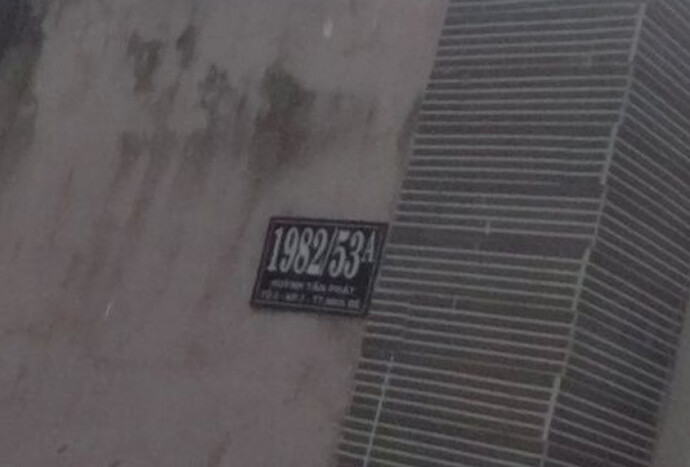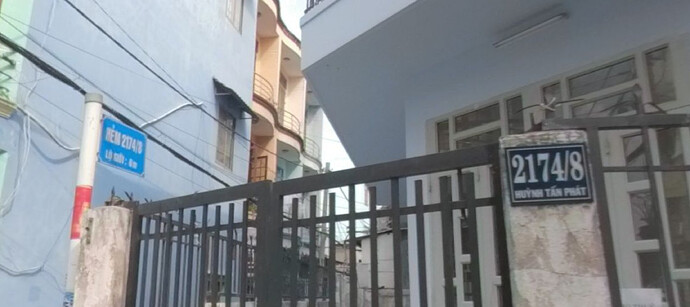I was just going off of the predominant tagging style in Ho Chi Minh City: there are xuyệt in about 6,000 addr:housenumber=* but only 250 addr:street=*. It was even more lopsided before thousands of surveyed addresses got mistaken for a botched import and deleted a few years back. (In fairness, it came with some very messy tagging.)
If the local consensus is that the numbers between “số” and “đường” in an address should be split between addr:housenumber=* and addr:street=*, then StreetComplete’s validation rules probably need to be updated again, and the Vietnam tagging guidelines should say something about that before overseas mappers make a mess of things. A renderer would have an easier time labeling addresses based on just a “file name” in addr:housenumber=*, but users would still expect a geocoder to come up with the absolute file path, and I’m not confident that most geocoders would succeed at it.
It’s complicated and depends on the city, and in some cases the ward. Here are some examples from one neighborhood of Ho Chi Minh City:
In prose or on an envelope, this address would be written as something like “số 1982/53A, đường Huỳnh Tấn Phát, khu phố 7, thị trấn Nhà Bè”. To get here, take Huỳnh Tấn Phát street, the main thoroughfare in Nhà Bè town, turn onto alley 1982 of Huỳnh Tấn Phát street, and pass 53 doors until you see the sign for 1982/53A.
Alleys are numbered just like houses. Here’s number 2174/8 Huỳnh Tấn Phát, and right next to it, the start of alley 2174/8 Huỳnh Tấn Phát:
These are relatively simple cases. Parts of the city are a warren of deeply nested alleys. Here’s the sign for alley 1716/46/24, which is 24 doors down alley 1716/46, which is 46 doors down alley 1716:
In 2017, there were reports that the authorities were finally doing something to simplify “super-slashy” house numbers containing as many as eight slashes, renumbering the alleys so that the houses could be renumbered too.
At this point, you might be wondering why all this information belongs in either addr:housenumber=* or addr:street=* if it’s just driving or walking directions. Unfortunately, a router cannot calculate these absolute file paths on its own, because there are often many paths to reach the same location. The alleys are numbered according to how the parcels were subdivided over the years to create this neighborhood. Apparently Thailand has a similar system:
Hi, Many of the house numbers here have slashes in them as a result of how the land has been parceled. I’m wondering if OSM supports this format for interpolation or not, and if not then should it? Example: 10/1;10/2;10/3…10/50 This was partially inspired from a similar issue the Vietnamese community has been having https://github.com/streetcomplete/StreetComplete/issues/3872 Best Regards Mishari
Complicating matters, sometimes the house numbers seem to have nothing to do with the nearby alleys:
You’d think this house is the second house on alley 382/51 Huỳnh Tấn Phát street. But there’s no such alley. The street sign tells us it’s actually on alley 1982/53/25, at the intersection with alley 1982/53/25/2. Go figure.



